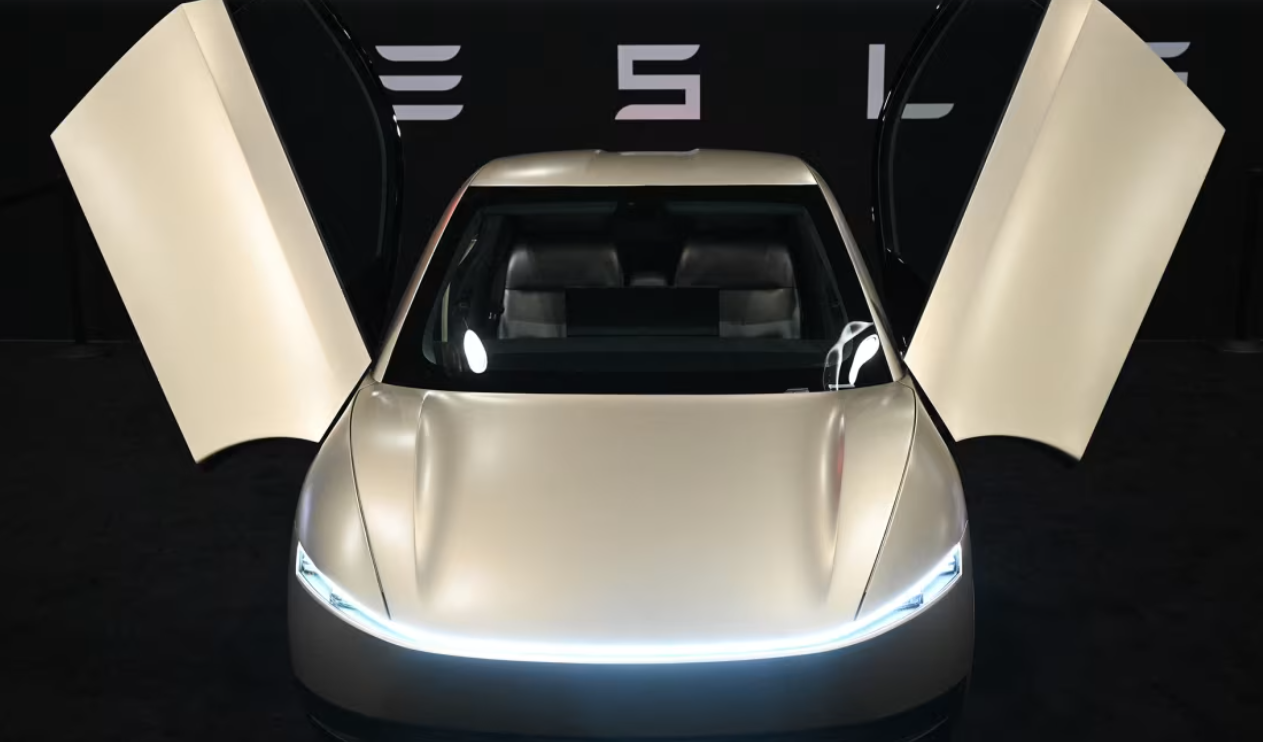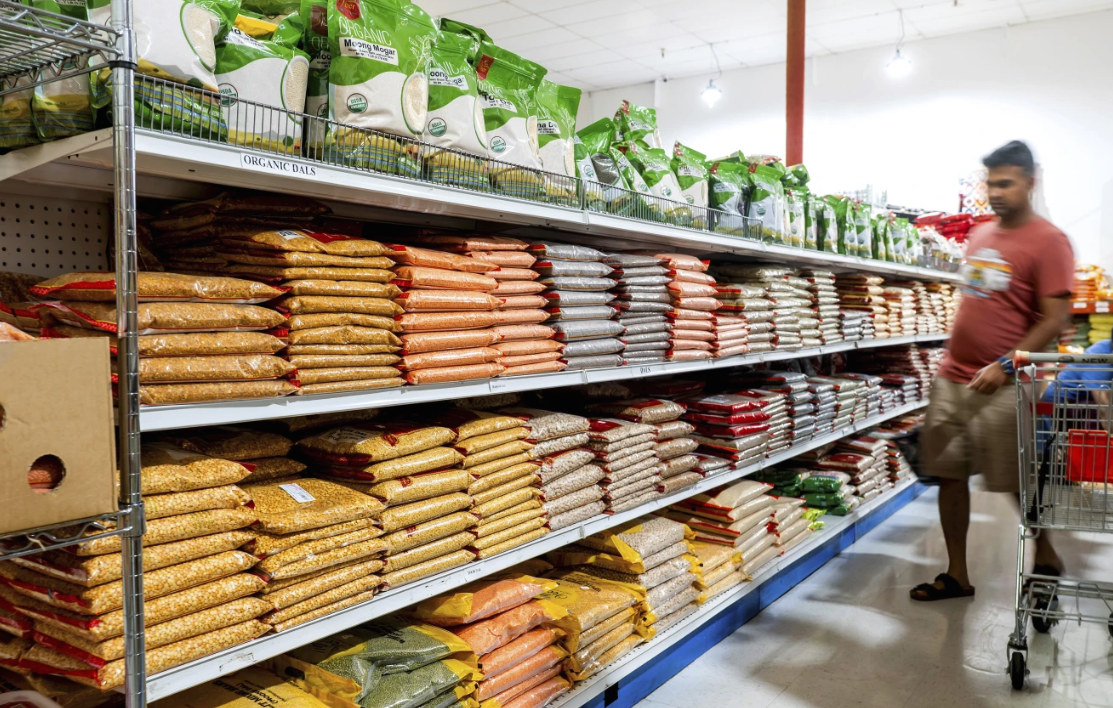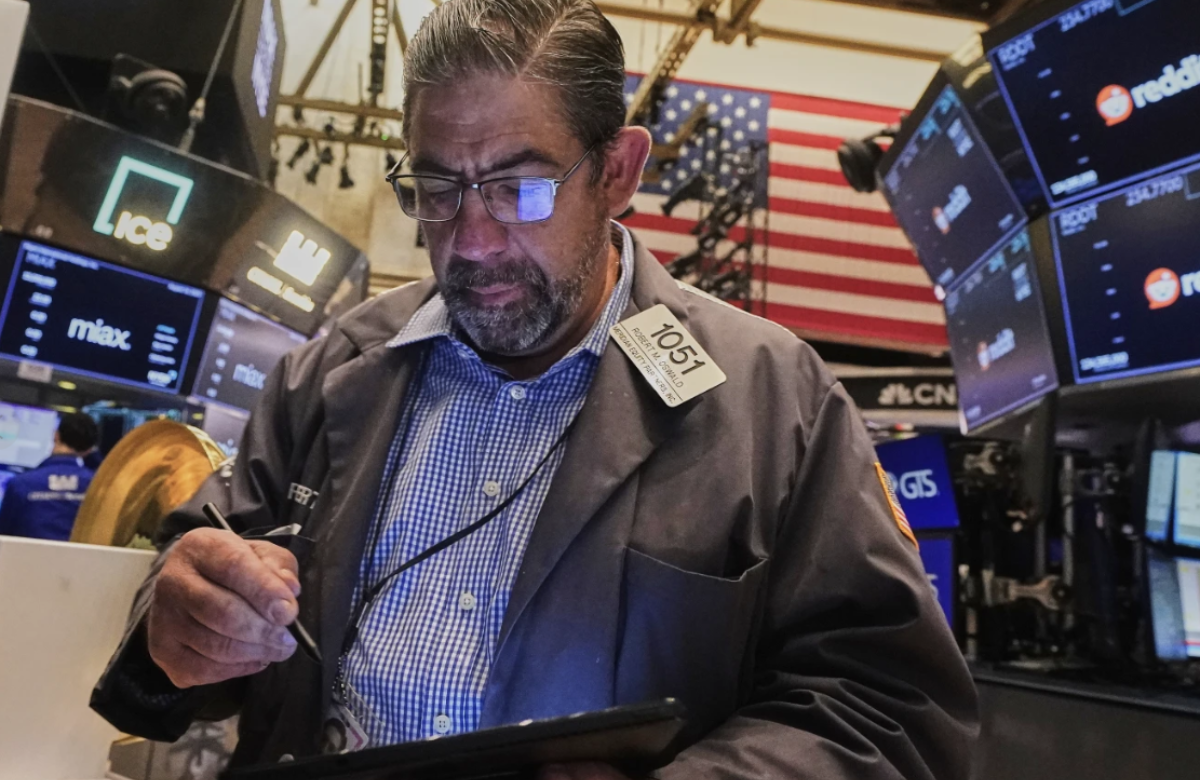Elon Musk has two major strengths: seemingly endless financial resources and a unique talent for captivating Wall Street with promises of cutting-edge technology. However, he’s starting to hit the limits of both.
On the hype side, Musk is promoting Tesla’s tentative plan to launch its robotaxi pilot program on June 22 in Austin, Texas. He described the launch as tentative because the company is “super paranoid about safety.” When even Musk expresses uncertainty about a date, it’s wise not to get your hopes up. While he can deliver groundbreaking electric vehicles, many of his grander projects have a reputation for being delayed.
For more than five years, Musk has repeatedly claimed Tesla’s robotaxi service—a fleet of fully driverless cars ferrying passengers—was only a year away. Yet Alphabet’s Waymo began operating a driverless taxi service in 2020, now offering 250,000 paid rides weekly across cities like San Francisco, LA, Phoenix, and Austin. Although Waymo’s operation isn’t profitable yet, its losses are minor compared to the tech giant’s overall earnings.
Tesla’s challenge goes beyond just catching up in the robotaxi race. The company is also struggling to repair its reputation. Once seen as a prestigious, aspirational brand popular with affluent liberals, Tesla is now often associated with Musk’s erratic behavior and controversial political stances. His alignment with MAGA rhetoric contributed to a decline in Tesla sales worldwide, though it wasn’t the sole factor.
Meanwhile, Chinese competitors are gaining ground in key markets, the Cybertruck has underperformed relative to Musk’s initial hype, and much of Tesla’s current lineup feels outdated. Some Tesla owners are even having trouble selling their cars due to falling demand and resale values.
In summary, Tesla’s stock has dropped about 30% since its peak last December, and the company needs its upcoming robotaxi event—whenever it actually happens—to truly impress investors.
However, Musk is known for emphasizing spectacle over substance. When Tesla unveiled its “Cybercab” last fall, shares dropped 9% the next day amid disappointment over scant details on improving Tesla’s still unfinished “Full Self-Driving” technology. The robot staff at the event were even remotely controlled by humans, a fact unknown to attendees.
Tesla’s upcoming Austin event is expected to be a “proof of concept” rather than a full commercial rollout, according to GLJ Research analyst and Tesla critic Gordon Johnson.
Part of Musk’s allure comes from his extraordinary wealth—how could someone so rich fail? His financial power does give him the ability to buy almost anything and pursue lawsuits indefinitely. But his political ventures reveal that even his wealth has limits.
Last year, Musk spent nearly $300 million supporting Donald Trump and other Republicans, only to later damage his relationship with Trump through a series of social media outbursts. He invested $44 billion to buy Twitter, aiming to turn it into a multifunctional platform, but his removal of content moderation led to a user and advertiser exodus, turning the platform into something more like an unruly message board.
Musk also risked $20 million backing a conservative candidate for the Wisconsin Supreme Court, hoping to demonstrate his political influence. However, the move backfired, spotlighting Musk and controversial layoffs at his DOGE project, and helping the liberal candidate win by a wide margin.
In short, after damaging Tesla’s reputation with his MAGA shift, Musk also turned against Trump, straining his “first buddy” status and leaving him in damage control mode. Now, he’s reviving old strategies, ramping up hype around self-driving cars in a bid for redemption.
“He’s got a problem,” former President Trump recently remarked. “The poor guy’s got a problem.”














